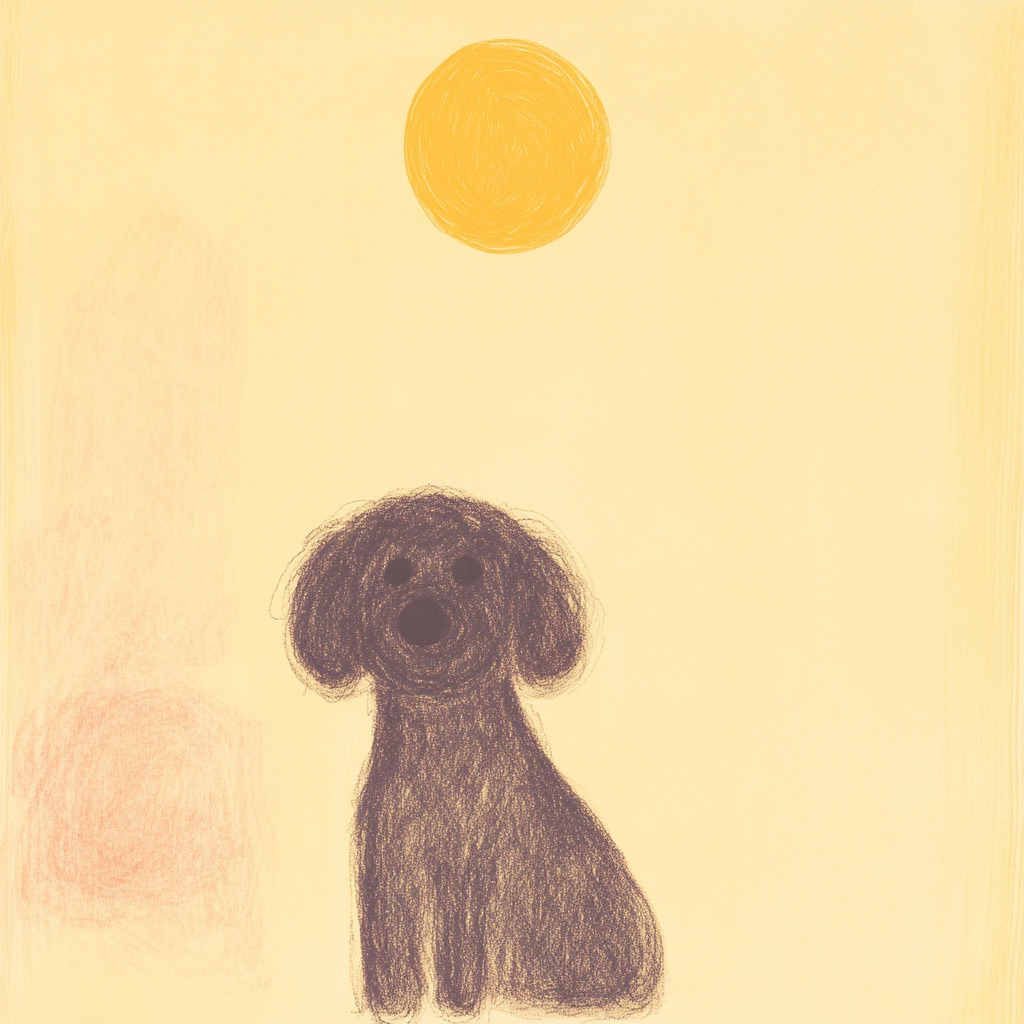Puppy-Friendly Gardening: Safe Plants and Practices for Your Furry Friend

Puppy-Friendly Gardening: Safe Plants and Practices for Your Furry Friend
Creating a beautiful garden is a rewarding endeavor, but as a puppy owner, ensuring that your outdoor space is safe for your furry friend can be a daunting task. Puppies have a natural curiosity that often leads them to sniff, chew, and explore everything in their environment. This blog post will guide you through designing a puppy-friendly garden, covering safe plants and essential gardening practices to keep your puppy safe and happy.
Why Puppy-Friendly Gardening Matters
Puppies are naturally inquisitive and may ingest toxic plants or encounter dangerous garden hazards. By selecting non-toxic plants and implementing puppy-safe gardening practices, you can create a serene outdoor space where both you and your puppy can relax and play without worry.
Safe Plants for a Puppy-Friendly Garden
Choosing the right plants is crucial for a puppy-friendly garden. Here are some safe options that will add beauty to your garden without posing a risk to your furry friend:
- Sunflowers: Not only do they brighten up your garden, but they are also non-toxic to dogs.
- Marigolds: These vibrant flowers are safe for puppies and can help deter pests naturally.
- Lavender: Known for its calming properties, lavender is safe for dogs and can create a soothing atmosphere.
- Snapdragons: These colorful flowers are a safe choice for your puppy-friendly garden.
- Roses: While the blooms are safe, ensure thorns are pruned back to prevent injury.
Plants to Avoid
Certain plants can be harmful or even deadly to dogs. Avoid the following in your garden:
- Azaleas
- Tulips
- Daffodils
- Oleander
- Rhododendrons
Essential Gardening Practices for Puppy Safety
Beyond plant selection, there are several practices to adopt to ensure your garden is a safe haven for your puppy:
1. Secure Fencing
Ensure your garden is enclosed with a sturdy fence to prevent your puppy from wandering off. Regularly inspect the fence for gaps or weak spots that your puppy might exploit.
2. Avoid Chemical Pesticides and Fertilizers
Opt for natural alternatives to chemical pesticides and fertilizers. Many garden chemicals are toxic to dogs if ingested or absorbed through the skin.
3. Create a Designated Digging Area
Puppies love to dig. Designate a specific area in your garden where digging is allowed, and fill it with safe materials like sand or soil. This can prevent unwanted holes in other parts of the garden and give your puppy a place to play.
4. Shade and Water Access
Ensure your puppy has access to shade and fresh water, especially during hot weather. Consider planting trees or installing a pergola for natural shade.
5. Regular Maintenance
Keep your garden tidy by regularly trimming plants, removing debris, and checking for potential hazards, such as sharp branches or garden tools left out.
DIY Puppy-Friendly Garden Projects
Engage your puppy with fun garden projects that stimulate their minds and senses:
- Sensory Path: Create a path with different textures like pebbles, sand, and grass for your puppy to explore.
- Herb Garden: Plant herbs like basil, mint, and parsley that are safe for dogs and enhance their sensory experience.
- Puppy Playground: Set up a small agility course with tunnels and low hurdles to keep your puppy active and entertained.
Conclusion
Designing a puppy-friendly garden requires thoughtful planning and consideration. By choosing safe plants, avoiding harmful chemicals, and implementing puppy-safe practices, you can create an outdoor space that is both beautiful and safe for your furry friend. Remember, a well-maintained garden is not just a treat for the eyes but a sanctuary for your puppy's adventures. With these tips in mind, you can cultivate a garden that both you and your puppy will love. Happy gardening!